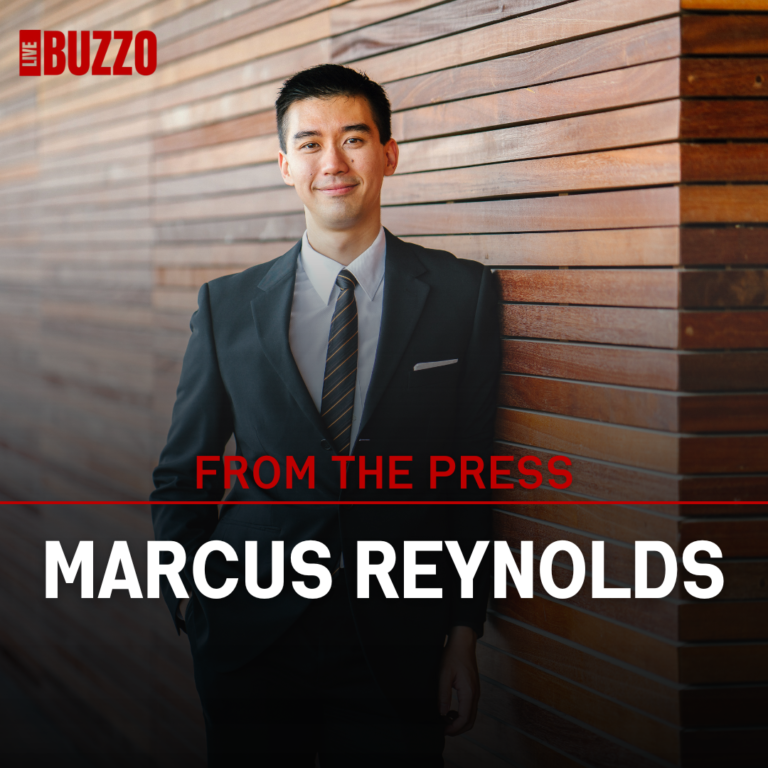As societies become increasingly complex, the tension between security and freedom emerges as a central theme in modern governance. This balancing act is particularly pertinent in today’s world, where rapid technological advancements and geopolitical shifts challenge our traditional notions of both security and liberty. In this article, we will explore how a pragmatic centrist approach can foster constructive dialogue on this pressing issue.
Understanding the Security-Freedom Dichotomy
The Case for Security
In an era marked by global threats—from terrorism to cyber warfare—governments often prioritize security measures to protect citizens. Enhanced surveillance, data collection, and increased law enforcement presence are typically presented as necessary steps to maintain public safety. Proponents argue that such measures are essential for a secure society, fostering a sense of stability that allows individuals and communities to thrive.
The Case for Freedom
On the other hand, the preservation of individual freedoms is a cornerstone of democratic societies. Advocates for civil liberties argue that excessive security measures can infringe on personal rights, stifling dissent and creating a climate of fear. The erosion of privacy and civil rights can lead to broader societal implications, fostering distrust in government institutions and weakening the social fabric.
Bridging the Divide
Marcus Reynolds, a pragmatic centrist, firmly believes that a balanced approach can harmonize the needs for both security and freedom. By engaging in nuanced discussions that incorporate diverse perspectives, societies can begin to craft policies that respect individual rights while ensuring public safety.
Evidence-Based Solutions
Reynolds advocates for evidence-based policies that apply reason and analysis to create effective governance. By studying successful models from various countries, policymakers can adopt strategies that enhance security without compromising fundamental freedoms. Examples include community policing, restorative justice programs, and technology that safeguards privacy while ensuring accountability.
Promoting Dialogue
Fostering constructive dialogue is essential for navigating the complex terrain between security and freedom. Centrist platforms can serve as a meeting ground for contrasting views, encouraging civil discourse that emphasizes common goals. By inviting voices from across the political spectrum, societies can develop policies that reflect a broad consensus, ensuring widespread public support.
Practical Policies for a Balanced Approach
Moderate Reforms in Law Enforcement
Reynolds supports moderate reforms in law enforcement that prioritize accountability and transparency. Initiatives such as body cameras and independent oversight commissions can enhance public trust while maintaining effective policing practices. These reforms aim not only to ensure safety but also to protect civil liberties, illustrating that security and freedom can coexist.
Healthcare and Social Welfare
Another area ripe for balanced policy is healthcare. By investing in public health initiatives that prioritize preventive care, societies can address security in terms of public well-being. Ensuring access to healthcare reduces societal tensions and contributes to stability, creating an environment where freedoms can flourish.
Education as a Foundation
Education is vital in fostering an informed citizenry capable of understanding the complex relationship between security and freedom. By promoting critical thinking and civic engagement in schools, societies can encourage future generations to value both individual rights and collective safety.
Conclusion
The quest to balance security and freedom is ongoing and requires a nuanced, evidence-based approach rooted in dialogue and compromise. As a pragmatic centrist, Marcus Reynolds emphasizes the importance of fostering civic discourse that moves beyond polarization. By incorporating diverse perspectives and advocating for practical reforms, societies can navigate the delicate interplay between safety and liberty, ensuring that both thrive in the modern world.
Ultimately, the balancing act is not about choosing one over the other but finding a pathway where security and freedom can coexist, enriching the democratic fabric of society.


